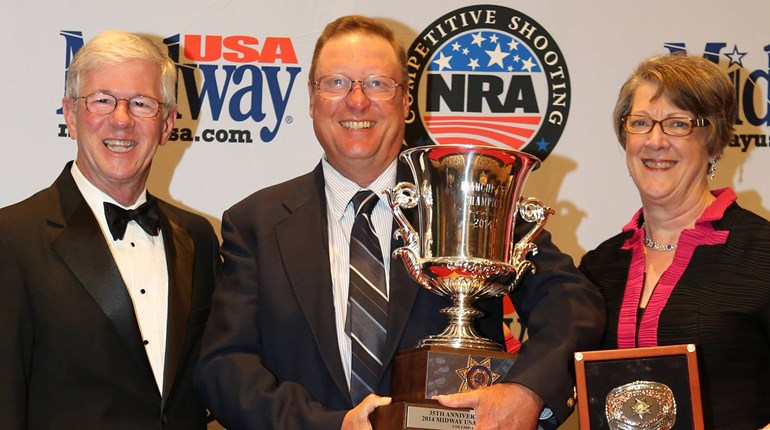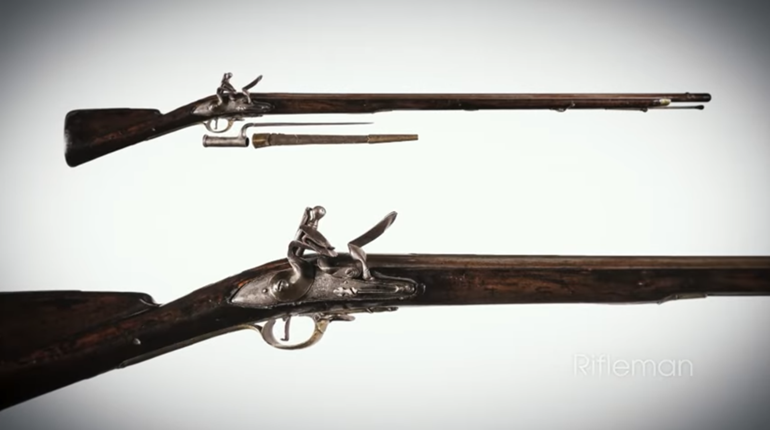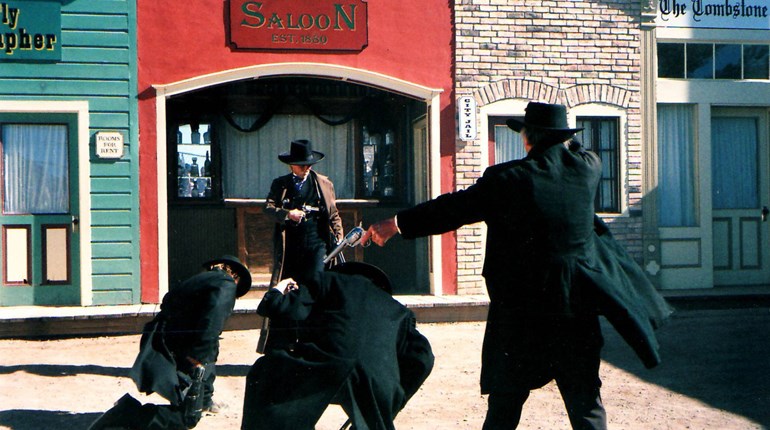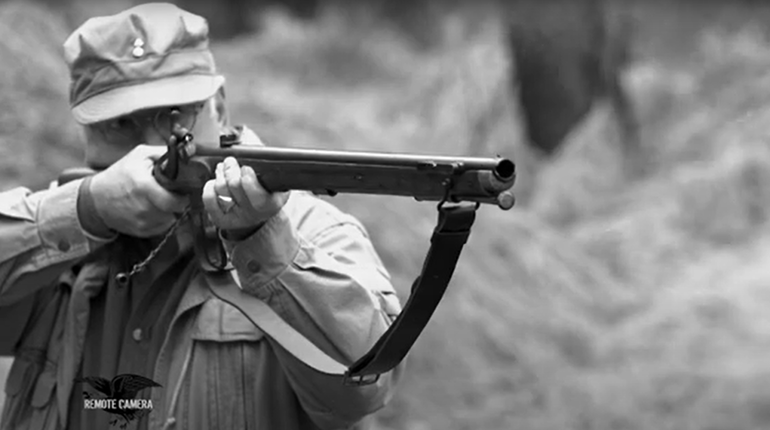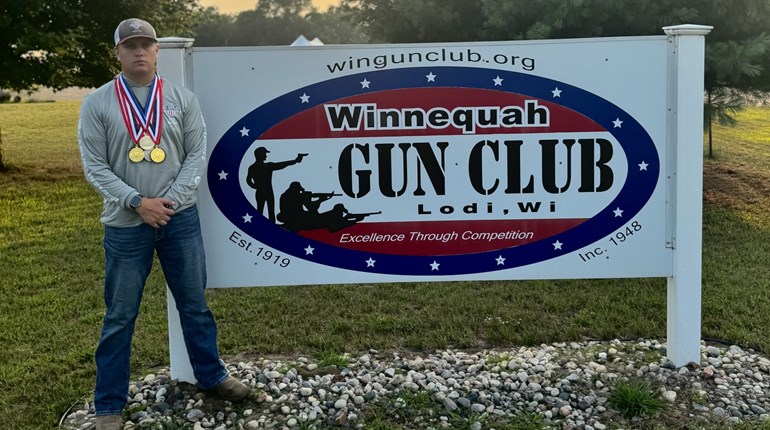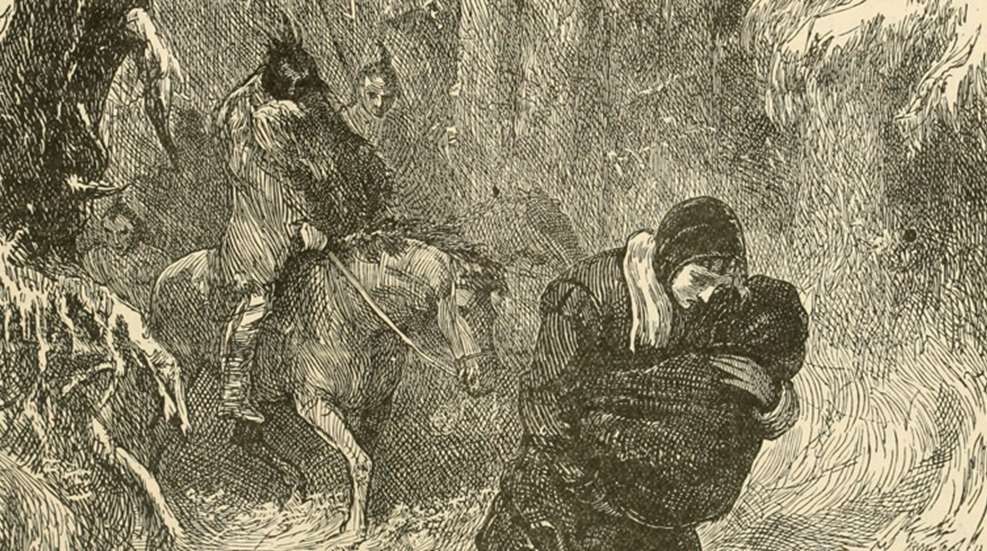
Mention the term “American frontier” to most people and they think of the West, where mountain men of the 1800s prowled the Rockies trapping beaver, shooting buffalo and trying to keep the local Indians from lifting their hair. But two centuries earlier America’s frontier was the East, not the West—that vast area stretching from the Atlantic seaboard to the spine of the Appalachian Mountains.
At first, most of the Native Americans living in that region during the 17th century were welcoming to the newly-arriving Europeans. But as time went on and the flow of newcomers steadily increased—demanding more and more land—things slowly began to change until tensions finally boiled over into armed conflict.
One of those conflicts was known as King Philip’s War, resulting in the deadliest war in the history of European settlement of North America in proportion to the population. When the three years of bloody fighting were over (1675-1678), an estimated five percent of the English population was dead, and as many as 40 percent of the Indians.
The war takes its name from the Wampanoag Indian chief Metacomet, who the English knew as Philip. Finally fed up with English incursions onto Indian lands, what one day would become part of the state of Massachusetts, Philip led his tribe and others onto the war path. And one of the most famous stories of that war is what befell Mary Rowlandson and her family.
Mary was the 38-year-old wife of the Puritan preacher Reverend Joseph Rowlandson. The couple and their three children (a fourth had died in infancy) lived in Lancaster, a town in the Massachusetts Bay Colony. Tensions were running high during that winter of 1675, as the town expected and prepared for Indian attack. In fact, Reverend Rowlandson was so concerned that he had gone for help to defend the town. Unfortunately, he and the reinforcements didn’t make it back in time.
On February 10, a combined force of Wampanoag, Narragansett, and Nipmuc Indians struck at dawn, surrounding the blockhouse where Mary, her three children and 42 of their neighbors were “forted up.” The English men, women and children held off the attack as best they could for several hours before the Indians set the building ablaze. The inhabitants then, choking from smoke and fearing being burned alive, had no other choice but to finally fling open the doors and stagger outside. And when they did the Indians had no mercy.
“As soon as we came to the door and appeared, the Indians shot so thick that the bullets rattled against the house as if someone had taken a handful of stones and threw them,” Mary later recalled.
Mary Rowlandson was hit in the side, the same bullet then striking her six-year-old daughter, Sarah. Her nephew William was killed by a ball, and William’s mother, despairing, sobbed, “Lord, please let me die with them!” Just moments later she too was struck by a bullet and killed. Rowlandson had often said that if it came to a choice she would rather die than be taken captive by Indians. “But when it came to the trial my mind changed,” Mary wrote.
It was a ghastly scene. Half of the English in the blockhouse died in the attack or its immediate aftermath. One victim, half dead, tomahawked in the head and stripped naked, was still trying to crawl away. Mary and her three children were spared death, but taken captive, along with 17 others.
The captives were forced to move quickly over the cold, snowy landscape for three days with little food. Mary, however, was fortunate. Rather than having to walk ,she was allowed to ride a horse bareback while holding her badly wounded daughter in her arms. Eventually the war party came to an Indian village where the captives were finally permitted to rest. There Mary poulticed the bullet wound in her side with dried oak leaves and survived. Unfortunately, Sarah did not, dying several days later.
Mary was held by the Indians for some 11 weeks before being ransomed, the money raised by women in Boston. She was soon reunited with her two surviving children, who had also been ransomed, and in 1862 published a first-hand account of her captivity titled: The sovereignty & goodness of God, together with the faithfulness of his promises displayed; being a narrative of the captivity and restoration of Mary Rowlandson.
Her book became tremendously popular, an instant hit, read not only in the American colonies but also England. It was reprinted four times, becoming the first American best-seller, and Rowlandson became the first American woman author published in North America during her lifetime. Hers was also the first of many Indian-captive narratives to come, a literary genre that would continue in America for the next 250 years.
King Philip’s War was just one of the first of many such conflicts between Native Americans and European settlers in frontier history, but it was also unique. It was the first widespread uprising of many Indian tribes against a common enemy, and the first time large numbers of white captives were taken by Indian raiding parties and held for ransom—a pattern that would repeat itself many times during the next century or more.
If you’d like to read more about America’s earliest frontier, the book The First Frontier: The Forgotten History of Struggle, Savagery, & Endurance in Early America by author Scott Weidensaul is highly recommended.













